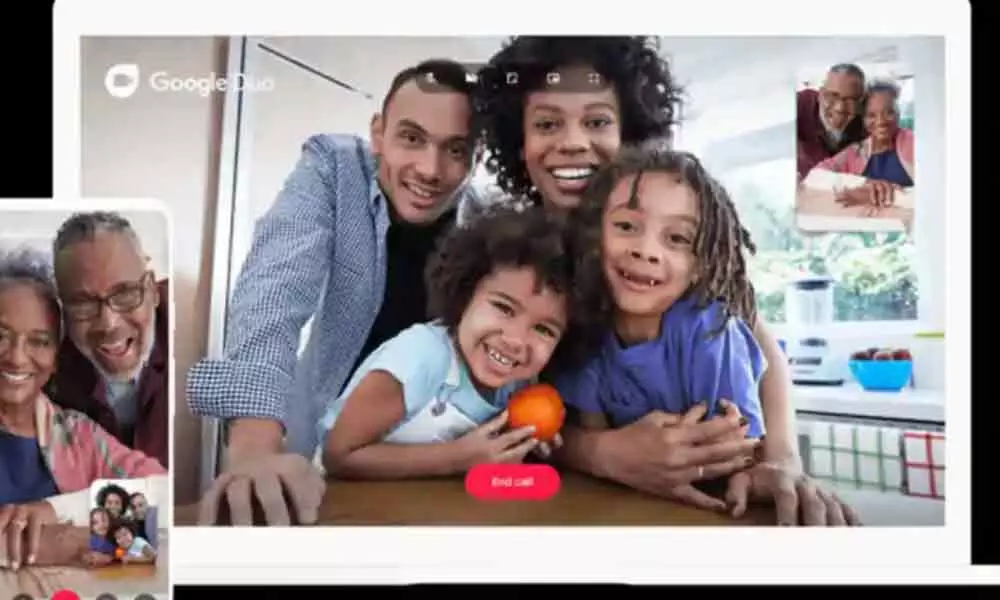Google Plans to Replace Duo with Meet

Google Plans to Replace Duo with Meet
This is described as a merger of two services and codenamed as Duet, the acronym for Duo, and Meet
Currently, Google has two video calling apps, Google Duo and Google Meet, now that Google Hangouts is about to disappear. However, it seems that Google wants to order it more, and the company is reportedly planning to replace Duo with Meet.
As per 9to5Google, this discussion is the result of Google placing Duo, Messages, and the Android phone app, under the leadership of G Suite director Javier Soltero. After this new "unified team" went public in May, Soltero told employees it didn't make sense for Duo and Meet to coexist.
With nearly everyone working from home and managing everything from classes to online meetings, Google has had to move to beef up Meet to take on Zoom aggressively. Similar to Duo, Meet is now free for everyone and seeks to capture the same market.
The focus is now on Meet and Singles has chosen to make it Google's only video calling service for businesses and regular customers. Internally, this is described as a merger of two functions and codenamed Duet, the acronym for Duo and Meet.
Sources say that this new direction and a reduced interest in creating a dedicated consumer service surprised the Duo team.
Checking Back
Google Duo was introduced at I / O 2016 as one half of Google's new consumer messaging strategy to replace Hangouts. Allo, Google's text messaging service, failed, Duo had great success as a video-focused app.
Duo has since added a web client, group calls, the ability to send "story-style audio and video messages," but it's still a simple app with a list of contacts that you can tap to start a call.
Duo is integrated with Google Messages and the Google Phone dialer and has recently added the option to allow people to be contacted via email IDs. For all rigorous purposes, Duo was Google / Android's version of FaceTime.
April update announced the AV1 codec that improved the quality of video calls, built-in screenshots, larger groups, and the capacity to save messages on Duo. After that, in early May, Google followed up with a "family mode," more virtual effects, link-based invitations, and 32-person calls.
The sources made it clear that at the end of this merger, Duo will leave and the engineers who were working on Duo will either move on to work on business development for Meet or leave the team.
Use of Meet has surpassed Duo in recent months. In April, Google announced that the maximum daily consumption of Meet multiplied by 30 with three billion minutes of video conferencing and almost three million new users a day. Regular meeting participants exceeded 100 million.
On the other hand, Duo reported an 8-fold increase in group calls in April, as well as 10 million subscriptions per week and a 10-fold increase in calling minutes.
Zoom popularity shows that regular users agree to use a business application for personal communication. In 2020, the vital fact is that users are now familiar with generating a link that can be shared with other users instead of a direct contact list.
Monetized as part of G Suite from day one, Google has been explicit about the importance of Meet by integrating it with Gmail. And before the replacement happens, the plan is to include several key Duo features in Meet, including end-to-end encryption, contacting users for a video call via the phone number, and 3D effects.
Google has slowed down the pace of Duo's development after introducing group conversations on Nest Hub Max last month. In general, too, the growth of Duo has slowed down compared to the other video calling apps. Google provided a detailed schedule for upcoming Meet features.
However, Duo won't be leaving anytime soon. As per sources, the timeline for this transition could take up to two years. While development plans could change, it won't happen anytime soon.














